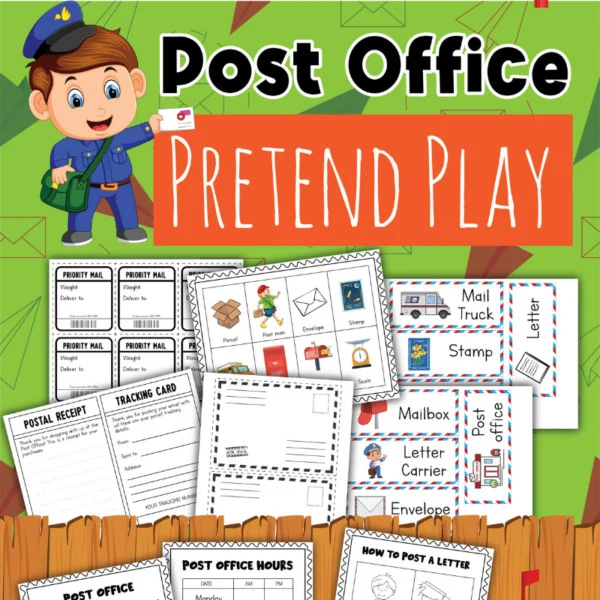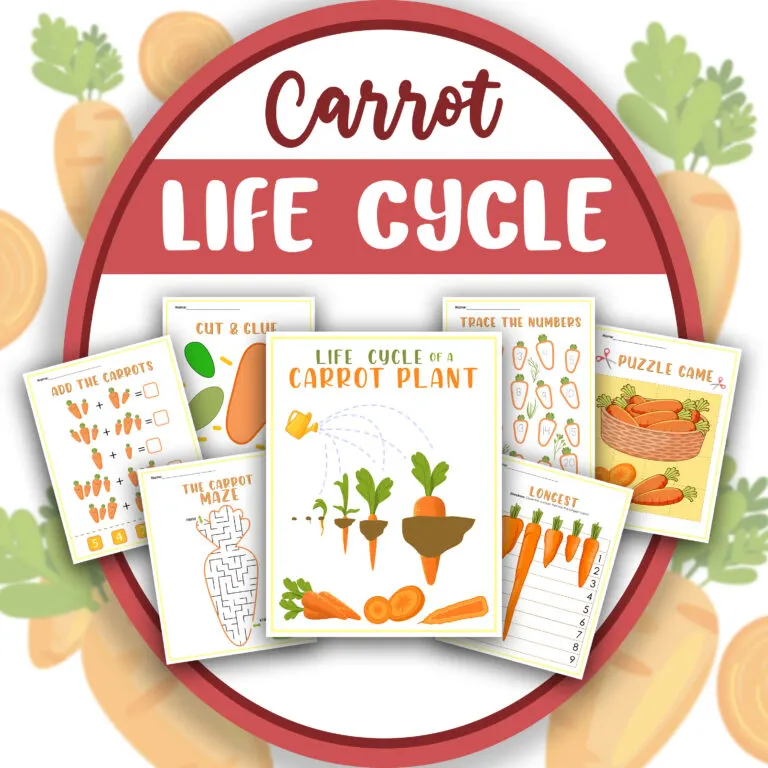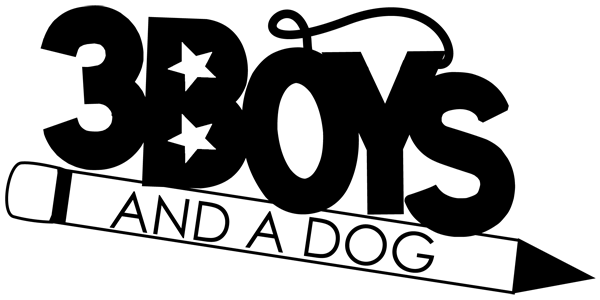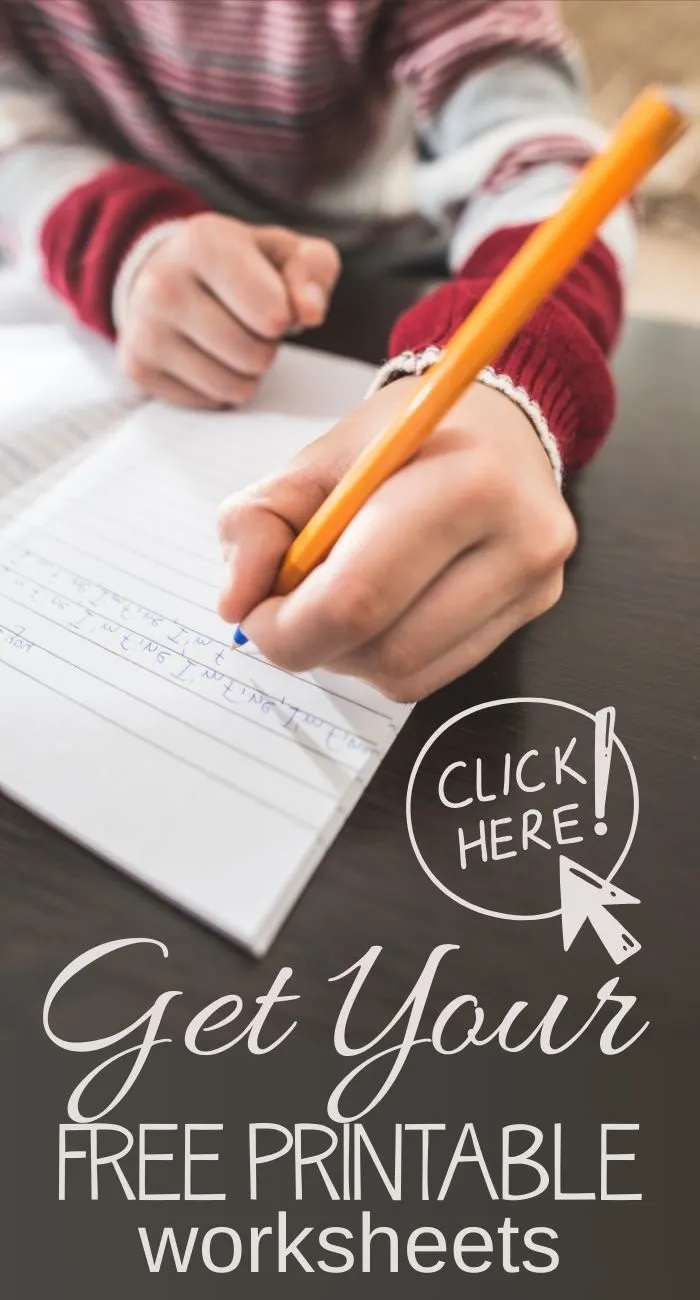Classical Music Cutting Practice Sheets are perfect for classical music month. If you’re wanting to teach the kids about music education, why not start when they’re young with these cutting sheets? They’re great for fine motor skills and an easy way for the kids to cut and learn and grow their interest in music, all at the same time.
Be certain to check out our other preschool worksheets for even more fun activities and ideas!

Studying the classical genre of music is a good idea to start at an early age. If you’re wanting to celebrate classical music month, these fun printables for kids can be a great addition to the learning aspect.
What will your preschooler learn from this printable?
This scissor printable is perfect for teaching your preschooler to learn how to cut on the lines. They’ll be able to cut up and down, left to right with these easy-cutting printables.
What it includes:
This fun printable includes several pages with dotted lines for your preschooler to cut on. It will give them a picture to start at and a picture to end at so that they know how to cut all on their own.
Fun ways to use this printable:
The great thing about this scissor-cutting printable is that it’s the perfect way to branch off and teach the kids more about classical music.
Spend some time learning about Wolfgang Amadeus Mozart
Study his classical pieces to introduce the kids to all different types of music.
Learn about the different time periods and music
It’s fun to talk about the different time periods that the kids can learn about different music. Have them sit down and listen to the music as it’s changed over the years!
Attend a concert in your town
If you can take the kids to see some real live music, do so! This is a fun way to expose the kids to even more great classical types of music.

At what age should a child be able to use scissors?
As parents, it can be difficult to know when our children are ready to take on new tasks and responsibilities. One common question that many parents have is, “At what age should a child be able to use scissors?”
While there is no one-size-fits-all answer to this question, experts generally recommend that children start learning to use scissors around the age of three.
Of course, every child is different, so it’s important to pay attention to your child’s individual development and abilities.
When introducing your child to scissors, be sure to closely supervise them and provide plenty of guidance and support.
With time and practice, your child will soon be able to confidently and safely use scissors to create all sorts of fun and creative projects.
What skills do children need to use scissors?
Scissors can be a daunting item for young children to handle. However, with practice and the right skills, they can be a useful tool for creating art and crafts.
To be able to use scissors efficiently, children need to develop their hand-eye coordination, motor skills, and the ability to use their fingers in a precise manner.
Hand-eye coordination allows children to align the scissors with the paper, while motor skills allow them to move the scissors in a controlled way.
Additionally, kids need to develop the fine motor skills required to open and close scissors by using their thumb and fingers.
With the right skills and practice, children can be proud of their creations and develop confidence in their artistic abilities.
How can I improve my child’s scissors skills?
Watching your child learn new skills is an exciting experience, and scissors skills are no exception. Improving your child’s ability to use scissors can lead to better fine motor skills and can be a great confidence boost for them.
There are several ways to help your child improve their scissors skills. One approach is to provide them with different types of paper to cut, such as construction paper or even wrapping paper.
You can also try having your child cut along lines or shapes, which will help them practice precision.
Ultimately, the key is to provide your child with plenty of opportunities to use scissors and to encourage them along the way. With a little practice and patience, your child’s scissor skills will improve in no time!
Why is scissor cutting skills important?
Scissor cutting skills may seem like a simple task, but in reality, they can have a profound impact on a child’s development. Being able to use scissors properly is not just about cutting paper or creating arts and crafts; it is also about building fine motor skills, hand-eye coordination, and spatial awareness.
These skills are integral to many everyday activities such as writing, tying shoelaces, or even holding utensils.
Having good scissor cutting skills can also boost a child’s self-confidence and independence as they navigate through life.
So, while it may seem like a small task, mastering scissor cutting skills can have a big impact on a child’s future success.
Learning Printables and Activities
These are excellent resources for kids! They’ll love being a part of the learning process from start to finish.



When should kids cut a circle?
Learning the art of cutting a perfect circle is undoubtedly a milestone for children, but at what age should they be encouraged to start? It’s important to remember that every child is different and will develop fine motor skills at their own pace.
Generally speaking, around the age of four is a good time to introduce kids to circle cutting, as this is when most children have developed enough manual dexterity to hold scissors and follow a line. However, it is essential to remember that mastering any skill takes time, patience, and practice, so be prepared to offer plenty of encouragement and support along the way.
Whether it’s cardboard, paper, or felt, provide kids with a safe and comfortable environment, let them explore and experiment, and celebrate each milestone they achieve. Who knows, they may just surprise you with their newfound cutting skills!
Is cutting a gross motor skill?
Cutting is one of the first skills that children learn to do with scissors, making it a fundamental aspect of their early education.
Gross motor skills refer to a child’s ability to use large muscle groups to move their body in different ways, such as jumping or running.
While cutting is a fine motor skill because it requires precision and coordination, it also involves larger movements of the whole arm and hand.
So, is cutting classified as a gross motor skill? The answer may not be straightforward, but what is clear is that this activity plays an essential role in children’s development, teaching them to use their hands, eyes, and brains to create something they can be proud of.
More Printable Preschool Cutting Activities:
- https://3boysandadog.com/watermelon-cutting-practice-sheets/
- https://3boysandadog.com/ice-cream-cutting-practice/
- https://3boysandadog.com/independence-day-cutting-practice-sheets/
- https://3boysandadog.com/paris-france-cutting-practice/







